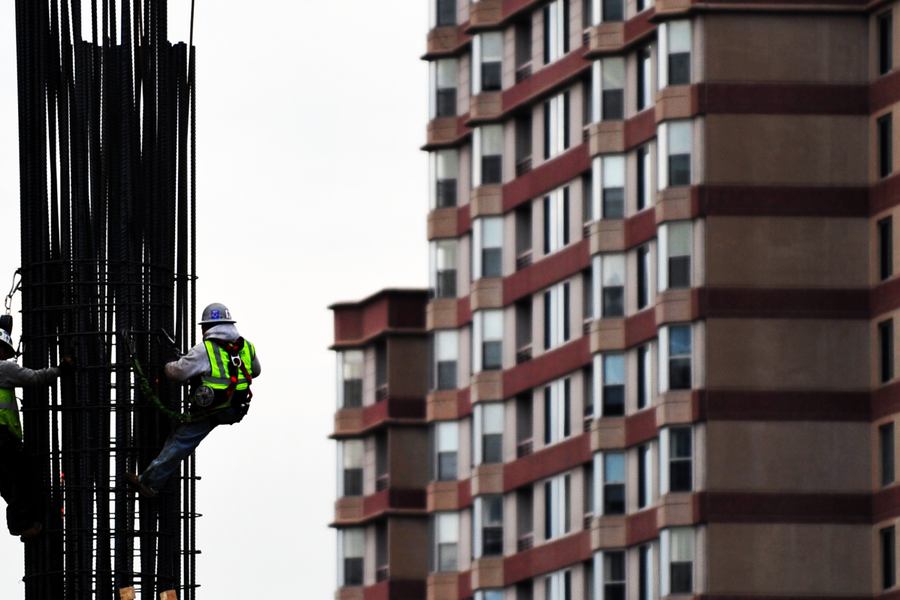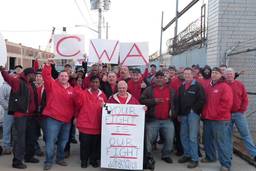As high temperature records are broken across the United States, health and public safety advocates are calling on the Occupational Safety and Health Administration (OSHA) to finally issue a rule protecting workers from extreme heat. In 1972, the National Institute for Occupational Safety and Health (NIOSH) recommended a heat standard, but OSHA has still failed to implement it. With global warming likely to make heat related deaths more common, public safety advocates say OSAH must act immediately.
“Some farm workers and construction workers work for hours on end and there are no accommodations for rest breaks. This is what commonly leads to heat deaths” says Dr. Sammy Almashat, a researcher with Public Citizen’s Health Research Group. “We are asking for rest breaks in proportion to the temperature outside as well as employers being required to provide workers with a certain amount of water every hour. This does not require some sort of a technological breakthrough. It’s very easy and inexpensive.”
The failure of OSHA to adopt a heat standard has left many workers unprotected. According to Public Citizen, 563 workers have died from heat-related injuries and 46,000 have suffered serious injuries in the last 20 years.
“These deaths are completely preventable with just a few, inexpensive interventions, some of which have already been implemented in several states,” says Dr. Thomas Bernard, who reviewed a proposed NIOSH heat standard back in 1986. “The time is long overdue for a federal heat stress standard that will protect workers from dangerous heat exposure.”
In a response to a petition launched by Public Citizen, United Electrical Workers, and Farmworker Justice calling on OSHA to implement an Emergency Temporary Standard (ETS) for extreme heat, Assistant Secretary of Labor for OSHA David Michaels wrote that “OSHA agrees exposure to extreme heat can lead to death; however workers with adverse health effects from heat exposure experience dehydration, cramps, and exhaustion, and other affects and are able to recover fairly quickly when the appropriate measures are taken.” Michaels then continued:
As you mentioned in your petition, the Morbidity and Mortality Weekly Report (MMWR) stated that the annual rate of heat-related deaths among crop workers from 1992 to 2006 was 0.39 per 100,000 workers. While OSHA acknowledges that these deaths are most likely underreported, and therefore the true mortality rate is likely higher, the mortality rate reported in the MMWR does not exceed those of other hazards OSHA has deemed to be “significant” (e.g. benzene) and therefore, would likely not meet the legal requirement of “grave.”
Michaels then noted that “if OSHA were to determine that a grave danger was present, OSHA must have adequate evidence that an ETS is necessary because no existing OSHA requirements can substantially reduce the grave danger. Additionally, OSHA must show that the ETS would be technologically and economically feasible.”
Almashat says it is fairly easy to implement to prevent heat deaths, noting that the Pentagon has a heat standard in place to prevent heat deaths among soldiers. Almashat also points to a 2008 study by the Washington state Department of Labor and Industries, which showed a net economic benefit for companies in terms of eliminating lost productivity by implementing heat protection rules.
Michaels says that while OSHA is not issuing a rule to force employers to adopt a heat standard it has launched an education and outreach campaign to inform employers of the dangers of extreme heat. But Almashat argues that this isn’t nearly enough.
“Employers aren’t held for accountable for complying with the recommendations of this campaign. There needs to be a standard,” Almashat says. “The federal government isn’t dragging its feet because it’s not feasible or the science isn’t there. This is a case where they are deliberately dragging their feet on a standard in order to placate industry.”









